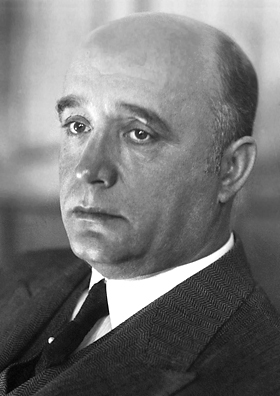Coal liquefaction
 Coal liquefaction is a chemical process that converts solid coal into liquid hydrocarbons, including synthetic fuels and petrochemicals. Often referred to as "coal-to-liquids" (CTL) or more broadly "carbon-to-X" (where X represents various hydrocarbon-based products), coal liquefaction offers an alternative to conventional petroleum-derived fuels. The process can be classified into two main approaches: direct liquefaction (DCL), which chemically transforms coal into liquid products using high pressure and hydrogen, and indirect liquefaction (ICL), which first gasifies coal into synthesis gas (a mixture of carbon monoxide and hydrogen) that is subsequently converted into liquid fuels, often through the Fischer–Tropsch synthesis.
Coal liquefaction is a chemical process that converts solid coal into liquid hydrocarbons, including synthetic fuels and petrochemicals. Often referred to as "coal-to-liquids" (CTL) or more broadly "carbon-to-X" (where X represents various hydrocarbon-based products), coal liquefaction offers an alternative to conventional petroleum-derived fuels. The process can be classified into two main approaches: direct liquefaction (DCL), which chemically transforms coal into liquid products using high pressure and hydrogen, and indirect liquefaction (ICL), which first gasifies coal into synthesis gas (a mixture of carbon monoxide and hydrogen) that is subsequently converted into liquid fuels, often through the Fischer–Tropsch synthesis.Coal liquefaction has played a significant historical role, particularly in countries lacking domestic oil reserves. It was extensively developed in Germany during the early 20th century and used to supply fuels during World War II. In the 1950s, South Africa adopted CTL technology through the state-owned company Sasol to enhance energy security, a practice that continues to this day. In recent decades, countries such as China have expanded coal liquefaction projects to meet growing energy demands.
While coal liquefaction can contribute to energy independence, it raises environmental concerns, particularly regarding high carbon dioxide emissions and water consumption. Ongoing research focuses on improving efficiency, integrating biomass, and incorporating carbon capture technologies to mitigate environmental impacts. Despite economic and ecological challenges, coal liquefaction remains a topic of global interest, especially in regions with abundant coal reserves and limited access to crude oil. Provided by Wikipedia
-
1